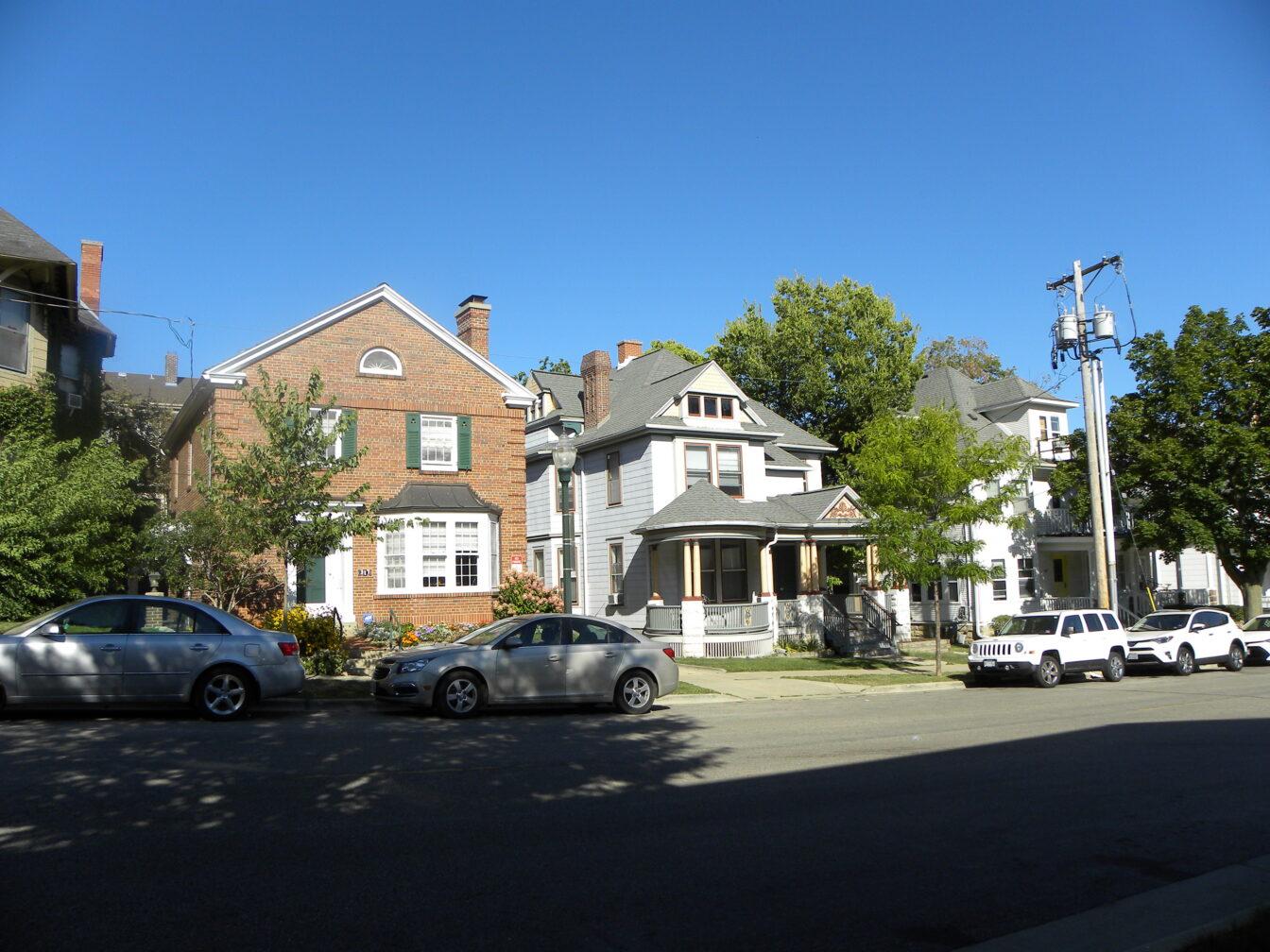The City of Madison Plan Commission voted unanimously to several proposals Monday evening. During the five hour discussion, the committee heard and voted on 27 proposals, several of which work toward progressing the city’s affordable housing initiatives.
Madison’s District 8 Ald. MGR Govindarajan said the approval of three proposals — agenda items 18, 20 and 25 — are especially important to improving affordable housing.
Agenda item 18 referred to a proposal which gives developers the next step of approval they need to begin construction of an eight- to 15-story apartment complex containing 465 units on West Gorham Street, West Johnson Street and North Broom Street.
Agenda item 20 approved an affordability agreement made between Govindarajan and developers of a project at 405 W. Gorham St., part of the construction approved in proposal 18. The agreement allows for the designation of 10% of 1,650 beds to be affordable — priced at 40% of the market value. The units will be made available to eligible students as determined by the University of Wisconsin’s Office of Student Financial Aid.
The passage of both proposals represents a victory both for students seeking affordable housing, and for the city in mitigating Madison’s housing crisis, Govindarajan said.
Agenda item 25 passed a proposal to increase the current downtown height limit in the Brayton Lot area from four stories/60 feet to 10 stories/144 feet, which allows developers to increase housing density in the area.
The proposal was met with resistance from speakers representing the First Settlement Neighborhood, which borders the recently closed Brayton Lot and is one of Madison’s oldest settlements.
Bob Klebba, a resident of East Gorham Street and a speaker in opposition to the amendment, told the committee that the height increase would yield unintended consequences, and would in fact sabotage the city’s efforts to improve affordable housing.
“The current zoning actually favors affordable housing which is what I believe the sponsors of this resolution intend to promote,” Klebba said. “These sponsors wrongly believe that increasing the height will provide affordable housing. But increasing the height to 10 stories over the whole Brayton Lot will only make the Brayton Lot irresistible to 100% market rate housing and the city would not be able to resist the purchase price of the land.”
Despite opposition from Klebba and one other resident registered for public comment, the Brayton Lot proposal passed.
Another notable proposal amended the housing element of the Madison Comprehensive Plan. The comprehensive plan provides building developers with a long term construction framework and ideas for projects over 10- and 20-year time frames.
During a long discussion of the plan’s entailment, Govindarajan raised concern over part of the proposal pertaining to smaller plans that are embedded within the larger framework of the Comprehensive Plan.
“These are called area plans. Think of it as a Comprehensive Plan for just a small area,” Govindarajan told The Badger Herald after the meeting. “The Regent Street area, they have three different neighborhood associations who came together and they have their own plan in that area. And that basically says, ‘We as residents want to see this type of housing in this area.’”
Govindarajan proposed an amendment to remove a portion of the proposal pertaining to a building size limitation in the Regent Street area imposed by the Comprehensive Plan. The Commission voted to remove the size limitation before passing the amended proposal.
Govindarajan said making the decision to approve the limitation in the absence of the concerned residents is inequitable. These types of decisions are often made without the concerned residents input, and that some groups of people are at a disadvantage when it comes to attending meetings such as the Plan Commission’s meeting, Govindarajan said.
“You don’t see renters, you don’t see young people, you don’t see people of color,” Govindarajan said. “You don’t see people who work multiple jobs, you don’t see single parents. They don’t have the ability to show up, to be seen. And therefore their voices are not heard, which is why I said that implementing that line creates a massive inequity problem. I’m thankful it did get removed.”
The items now await approval by the City Council Tuesday, Nov. 21.
Editor’s Note: This article has been updated to reflect the fact that the affordable housing proposal makes 10% of the 1,650 beds affordable, not 10% of the 465 units affordable, and to accurately represent the building height limits.


